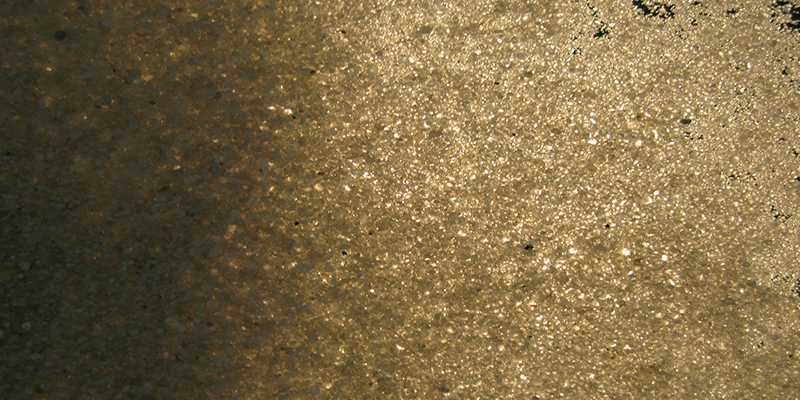Downloads
DOI:
https://doi.org/10.7480/jfde.2016.1-2.1362Abstract
Buildings are the largest consumer of energy demand and the largest emitter of greenhouse gases. More than the 50% of the residential buildings in Europe were built before 1970; the renovation and upgrading of the existing buildings is a priority in the EU energy policies and in all the EU member states. Increasing focus on energy conservation necessitates the adoption of innovative materials. Government regulations and support for zero energy buildings provide an impetus to the adoption of innovative materials (Directive 2010/31/EU)
AMANAC is a collaboration and coordination platform across all the Advanced Materials and Nanotechnology EU funded projects functioning in the frame of the Energy Efficiency in Buildings public Private Partnership (EeB-PPP), whose activities address development of advanced materials, components and systems for the improvement of the energy efficiency in the built environment. AMANAC is the cluster of 29 projects, representing 255 project partners, out of which 63% are Large Enterprises or SMEs. AMANAC aims to maximize the impact of the AMANAC projects towards the European Industry and Society. More information about AMANAC can be found at http://amanac.eu/
The adoption of innovative materials in building envelopes offers a great potential for future design and construction. This is why the Journal of Facade Design and Engineering dedicates this special issue to this topic. JFDE is a firm partner for the distribution of scientific knowledge of the ICAE2015 International Congress on Architectural Envelopes (www.icae2015.com/en), organised by Tecnalia in San Sebastian, Spain.
The papers presented in this current issue originate from five AMANAC research projects that researched new advanced materials and systems for energy efficient buildings. The works have been selected among the AMANAC project research results, initially presented in a special Session at the ICAE2015. The extended papers have been subjected to the regular double, blind review process of the journal.
How to Cite
Published
Issue
Section
License
Copyright (c) 2016 Maria Founti, Julen Astudillo Larraz, Tillmann Klein, Ulrich Knaack

This work is licensed under a Creative Commons Attribution 4.0 International License.
Authors or their institutions retain copyright to their publications without restrictions.
